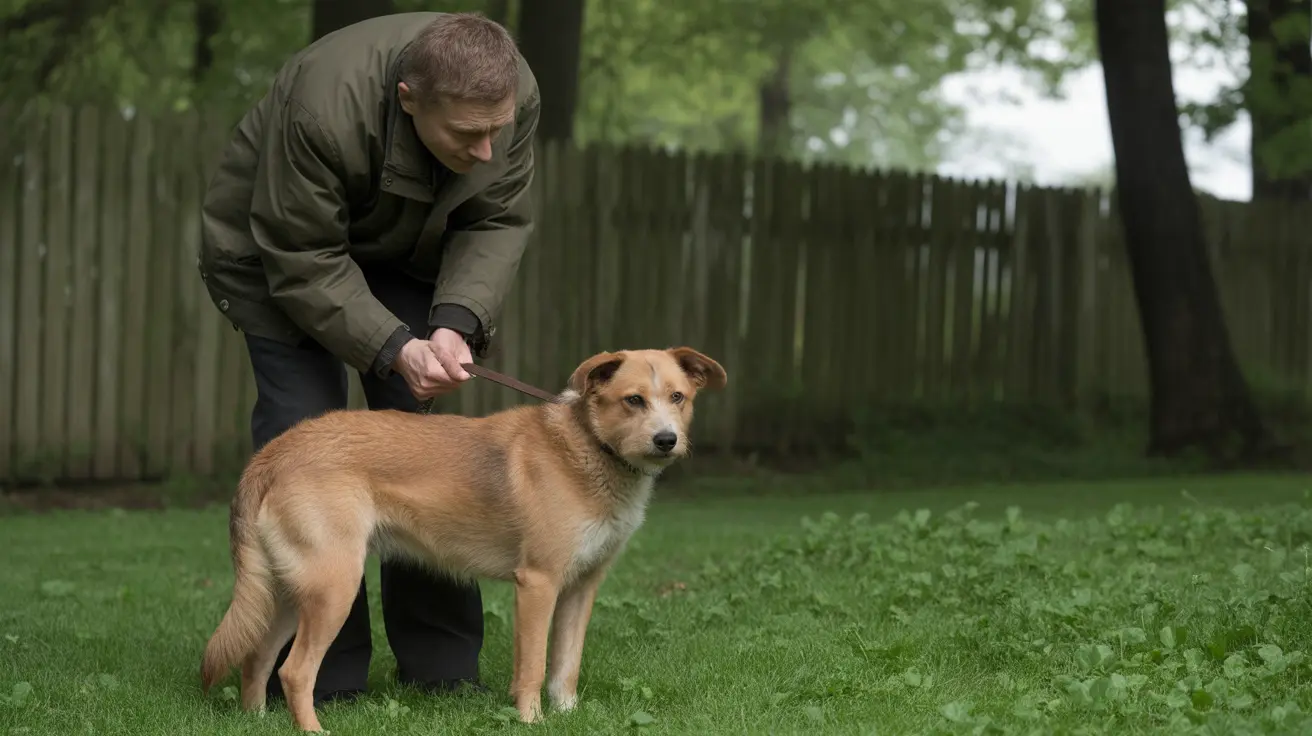Understanding the Duration and Effects of Lily Poisoning in Dogs
Lily plants are commonly found in homes and gardens and, while especially dangerous for cats, can also pose health risks for dogs.
Lily poisoning in dogs can cause a range of symptoms, from mild gastrointestinal upset to life-threatening cardiac or systemic complications. The
duration and severity of symptoms depend on the type of lily ingested, the part of the plant consumed, and the speed at which veterinary care is provided.
Types of Lilies and Their Effects on Dogs
Not all lilies are equally toxic. Certain species contain chemicals that affect different body systems:
- Prairie Lily (Rain Lily): Its bulbs can cause gastrointestinal upset such as vomiting and diarrhea. Symptoms typically resolve within 24–48 hours with treatment.
- Lily of the Valley: Contains cardiac glycosides that lead to heart arrhythmias, vomiting, and seizures; symptoms may persist for several days and require prolonged veterinary care.
- Peace Lily and Calla Lily: Contain insoluble calcium oxalate crystals causing irritation of the mouth and throat. Symptoms generally resolve within 12–24 hours if not severe.
- Gloriosa Lily (Flame Lily): Contains colchicine, which can cause multi-organ failure. Symptoms may persist for days and can be fatal if not treated promptly.
Typical Duration of Lily Poisoning Symptoms
The duration varies based on the specific lily ingested:
- Mild Cases (e.g., peace lily, calla lily): Symptoms like oral irritation, drooling, and vomiting may last 12–48 hours.
- Cardiac Toxicity (e.g., lily of the valley): Effects on the heart can last several days and require close monitoring.
- Systemic Toxicity (e.g., flame lily): May cause long-lasting damage including bone marrow suppression and organ failure, with effects lasting up to a week or longer.
Common Symptoms in Dogs
Signs of lily poisoning in dogs vary but may include:
- Vomiting and diarrhea
- Excessive drooling
- Oral pain and swelling
- Loss of appetite
- Seizures (particularly with lily of the valley or flame lily)
- Heart irregularities
- Weakness or collapse in severe cases
Treatment and Recovery Time
Immediate veterinary care greatly influences the duration and outcome of lily poisoning. Treatment options include:
- Inducing vomiting (if ingestion occurred within the last 1–2 hours)
- Activated charcoal to bind toxins
- Intravenous fluids to support hydration and organ function
- Monitoring vital signs and organ function through blood and urine tests
- Hospitalization in severe cases for continuous care
Mild cases typically resolve within 1–2 days, while more severe poisonings—especially those involving lily of the valley or gloriosa lily—may require a recovery period of several days to a week. It's important to note that there is no antidote for lily poisoning; supportive care is essential.
Preventive Measures
To prevent lily poisoning in dogs:
- Avoid keeping lily plants in homes with pets
- Inspect flower arrangements for hidden lilies
- Dispose of contaminated water from vases
- Train dogs not to chew on plants
- Check your yard and surrounding areas for lily plants
Conclusion
While lily poisoning in dogs is generally less dangerous than in cats, it can still result in significant illness depending on the lily type.
Symptoms may last from a few hours to several days, and severe cases necessitate intensive veterinary care. Prompt action and preventive measures are the best ways to protect your dog from lily toxicity.





